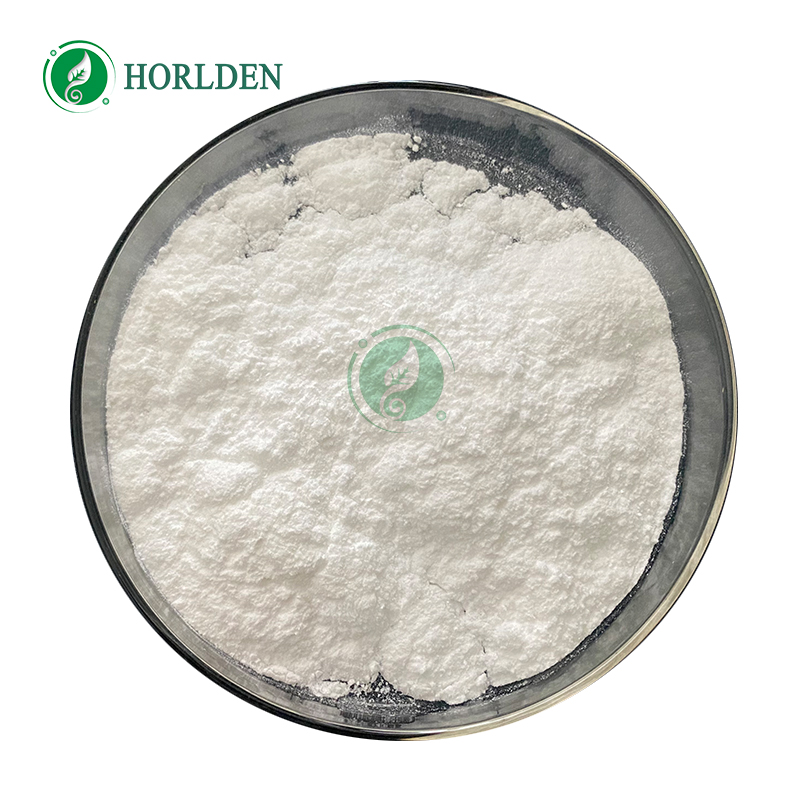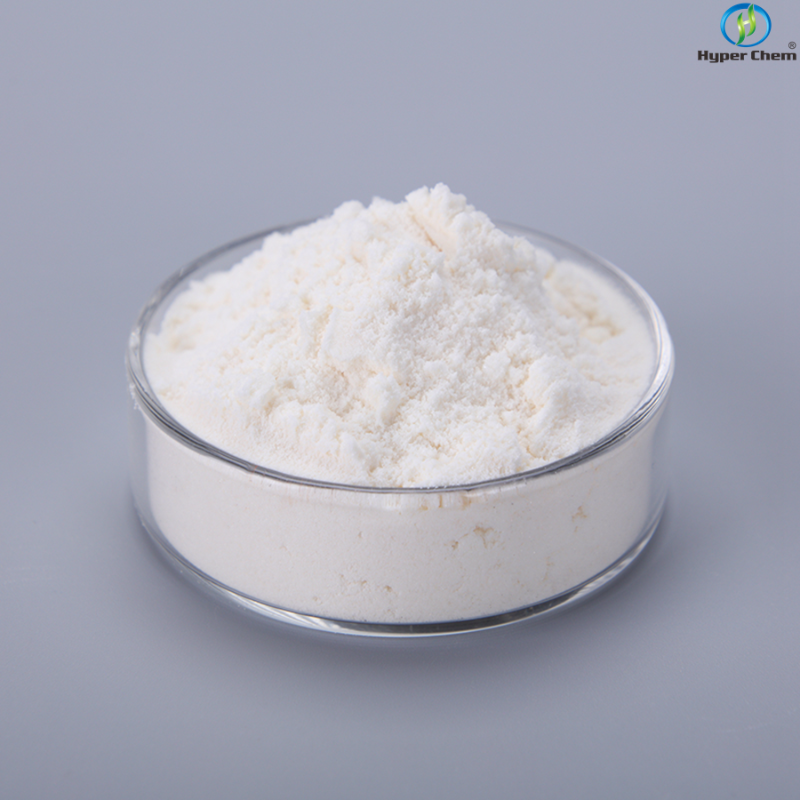-
Categories
-
Pharmaceutical Intermediates
-
Active Pharmaceutical Ingredients
-
Food Additives
- Industrial Coatings
- Agrochemicals
- Dyes and Pigments
- Surfactant
- Flavors and Fragrances
- Chemical Reagents
- Catalyst and Auxiliary
- Natural Products
- Inorganic Chemistry
-
Organic Chemistry
-
Biochemical Engineering
- Analytical Chemistry
-
Cosmetic Ingredient
- Water Treatment Chemical
-
Pharmaceutical Intermediates
Promotion
ECHEMI Mall
Wholesale
Weekly Price
Exhibition
News
-
Trade Service
Sitagliptin phosphate monohydrate is a drug that is used to treat type 2 diabetes.
It is sold under the brand name Januvia and is manufactured by Merck & Co.
The drug works by increasing the levels of a hormone called glucagon-like peptide-1 (GLP-1) in the body.
GLP-1 helps to regulate blood sugar levels by decreasing glucose production in the liver and increasing insulin secretion from the pancreas.
In addition to its use in the treatment of diabetes, sitagliptin phosphate monohydrate has also been found to have applications in the chemical industry.
One of the most promising areas of use is in the development of new, more efficient catalysts for chemical reactions.
One of the key advantages of sitagliptin phosphate monohydrate is its ability to form stable, non-toxic coordination complexes with metals.
These complexes have been found to be highly active in a variety of chemical reactions, including hydrogenation, hydrolysis, and polymerization.
This makes them particularly useful in the production of a wide range of chemicals and materials, including plastics, fibers, and pharmaceuticals.
One of the most promising applications of sitagliptin phosphate monohydrate is in the development of new catalysts for the hydrogenation of vegetable oils.
This is a key process in the production of margarine and other spreads, as well as in the production of biofuels.
The use of sitagliptin phosphate monohydrate as a catalyst in this process has been found to be more efficient and less expensive than traditional methods, which rely on the use of noble metals such as palladium or platinum.
Another promising application of sitagliptin phosphate monohydrate is in the development of new catalysts for the hydrolysis of carbohydrates.
This is a key step in the production of ethanol and other biofuels, as well as in the production of a range of chemicals and materials.
The use of sitagliptin phosphate monohydrate as a catalyst in this process has been found to be more efficient and less expensive than traditional methods, which rely on the use of strong acids or bases.
In addition to its use as a catalyst, sitagliptin phosphate monohydrate is also being studied for its potential use in the production of polymers.
This is a key area of the chemical industry, as polymers are used in a wide range of products, including plastics, fibers, and adhesives.
Studies have shown that sitagliptin phosphate monohydrate can form stable, non-toxic coordination complexes with metals, which makes it particularly useful in the production of polymers.
Overall, the application of sitagliptin phosphate monohydrate in the chemical industry is promising.
Its ability to form stable, non-toxic coordination complexes with metals makes it particularly useful in the development of new catalysts for a variety of chemical reactions.
This, combined with its low cost and ease of use, makes it an attractive option for a range of chemical producers.
As research continues, it is likely that sitagliptin phosphate monohydrate will play an increasingly important role in the chemical industry.







